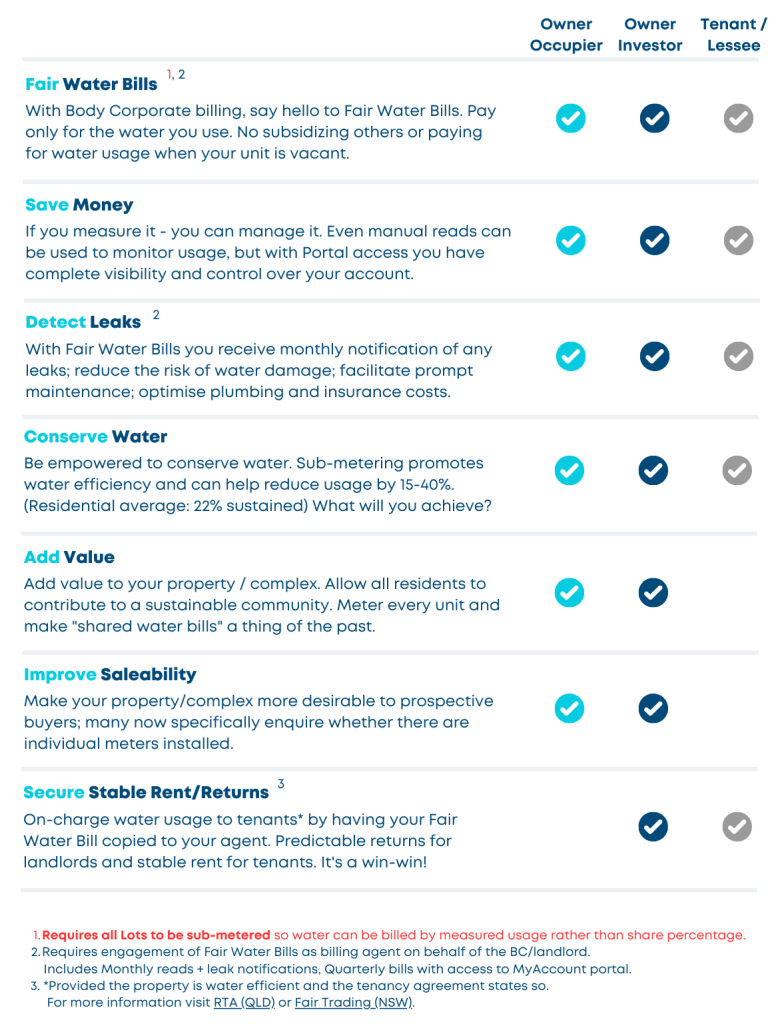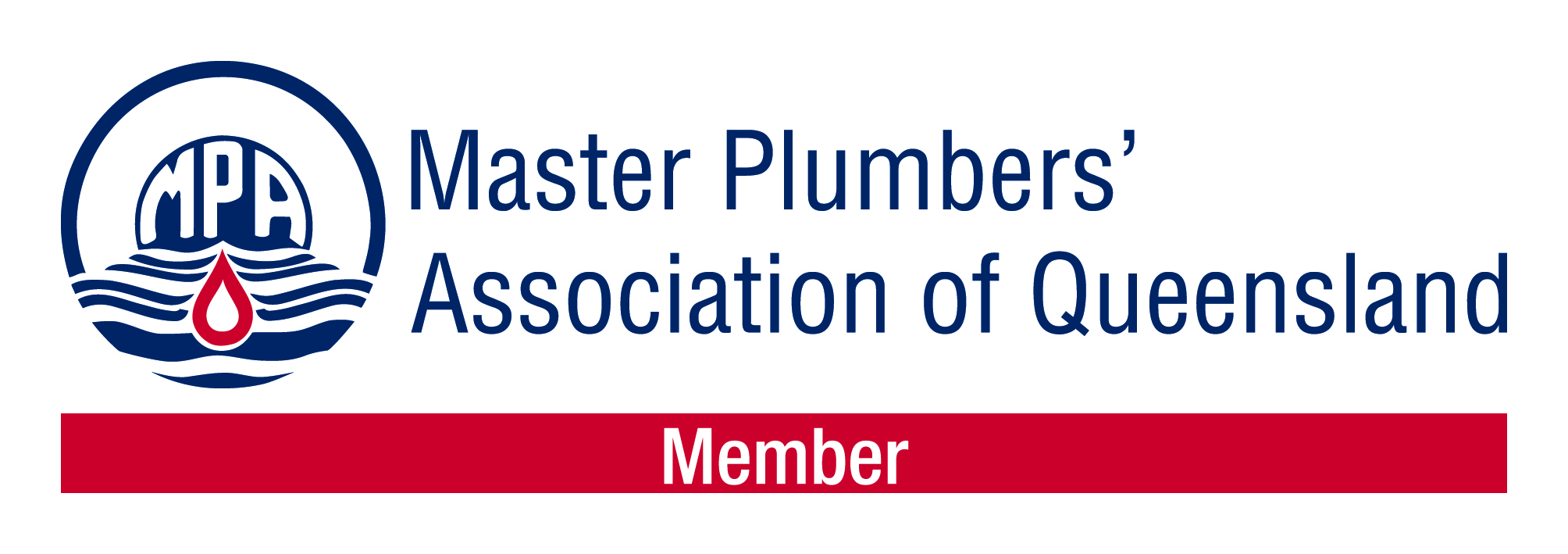Individual Metering in Body Corporate Properties

Background
Individual water meters are devices installed in body corporate properties to measure the water consumption of each unit separately. This is the fairest way of calculating water bills, as each unit is charged based on its own usage rather than paying a share of the entire scheme.
Sub-metering encourages water conservation and can reduce overall costs for the Body Corporate. While implementation requires the consideration and approval of owners, it is often a worthwhile investment with long-term benefits.
How is water charged?
The way water usage is charged to residents of Strata Communities may vary, depending on how the infrastructure is set up.
The charge method will be based either on individual sub-metered use, billed by the water provider if infrastructure meets their technical specifications, or by a third-party billing agent. Otherwise, they are billed per unit of entitlement recorded in the community management statement, which does not consider the actual usage by residents of that lot.
The method for your body corporate applies to all lots within the body corporate.
It is not possible to have some units with individual water meter readings and other units in the same complex billed using the contribution schedule lot entitlement method.
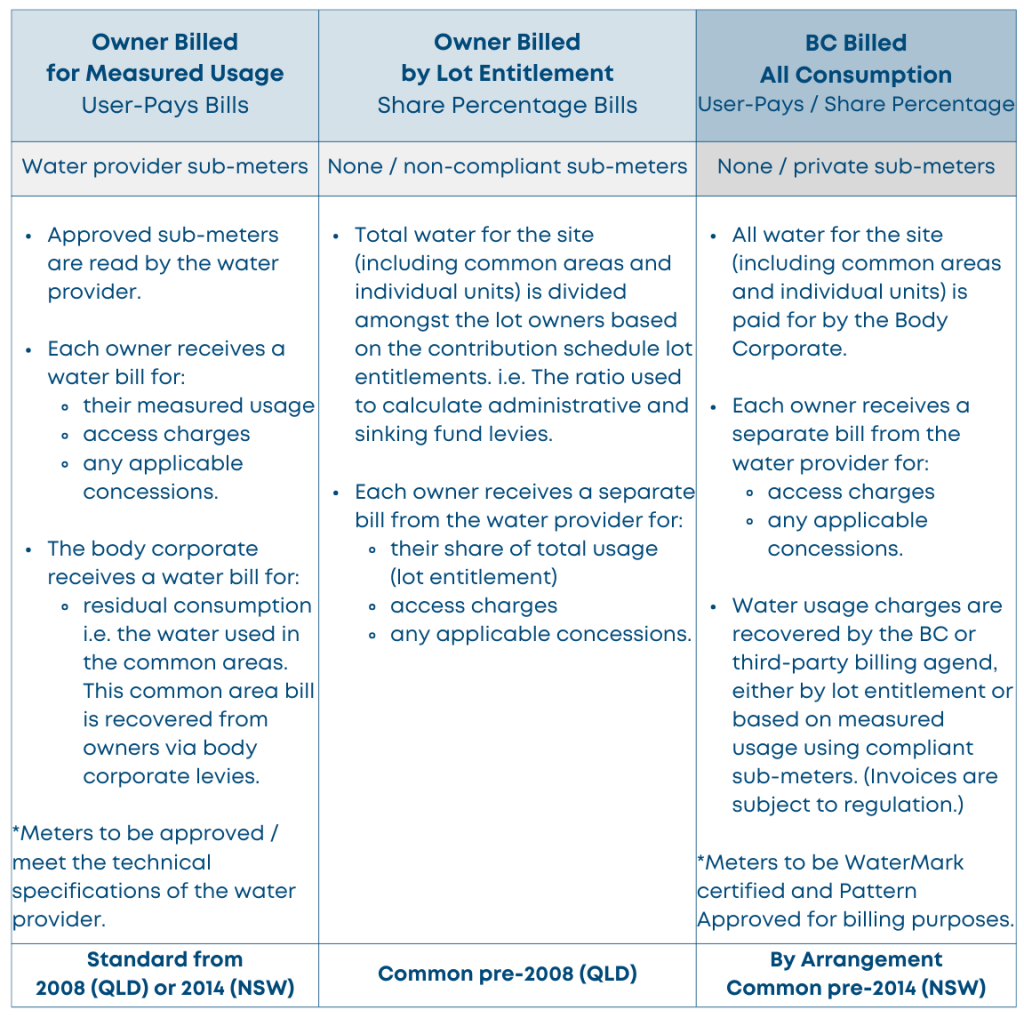
Are the billing methods fair?
Unless your building has separate water meters, the water will be apportioned based on the contribution schedule lot entitlements. This means owners pay the same share of the total bill, irrespective of how large the premises, how many occupants work or live within it, or how much water is consumed.
The only way to achieve peace of mind, equity and parity around water billing is to implement separate water meters.
Which billing method is used in your BC?
Let’s look at City of Gold Coast:

Figure 1 – Shared water meter, water is billed based on contribution schedule lot entitlements.
The total water consumption for the site is shown as 6581kL for the period. The lot owner who received this bill has 10 of 774 of the total contribution schedule lot entitlements, so is paying for 0.013% of the total water used, which is 85kL.

Figure 2 – Individual water meter, water is billed based on actual consumption.
Whilst water provider invoices differ, they show the same types of information. If the current method is not clear, you can call your local water provider and ask them.

Figure 3 – Access charges
In addition to water usage, each water bill also includes water access charges, sewerage access charges, and any applicable concessions. A change to your billing arrangement will not impact these charges.
Usage vs other related charges
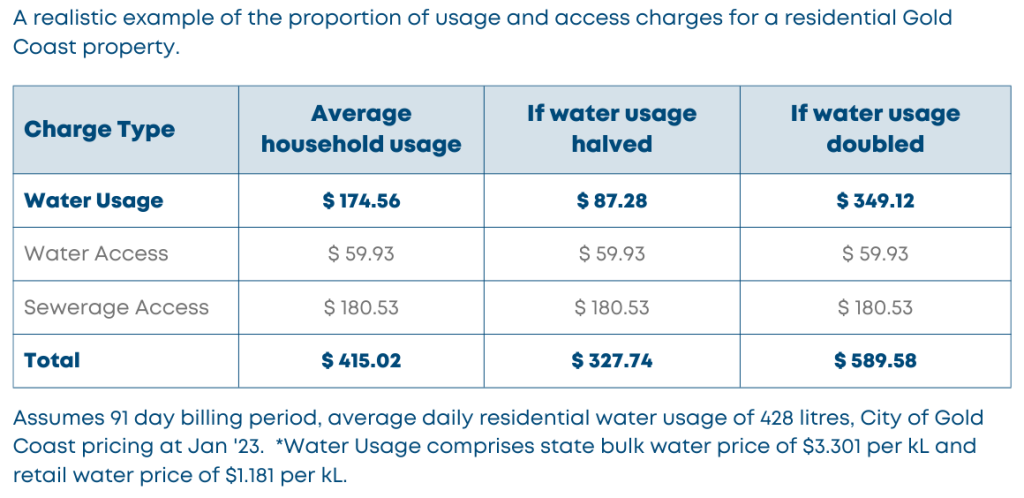
Common misconceptions about sub-metering
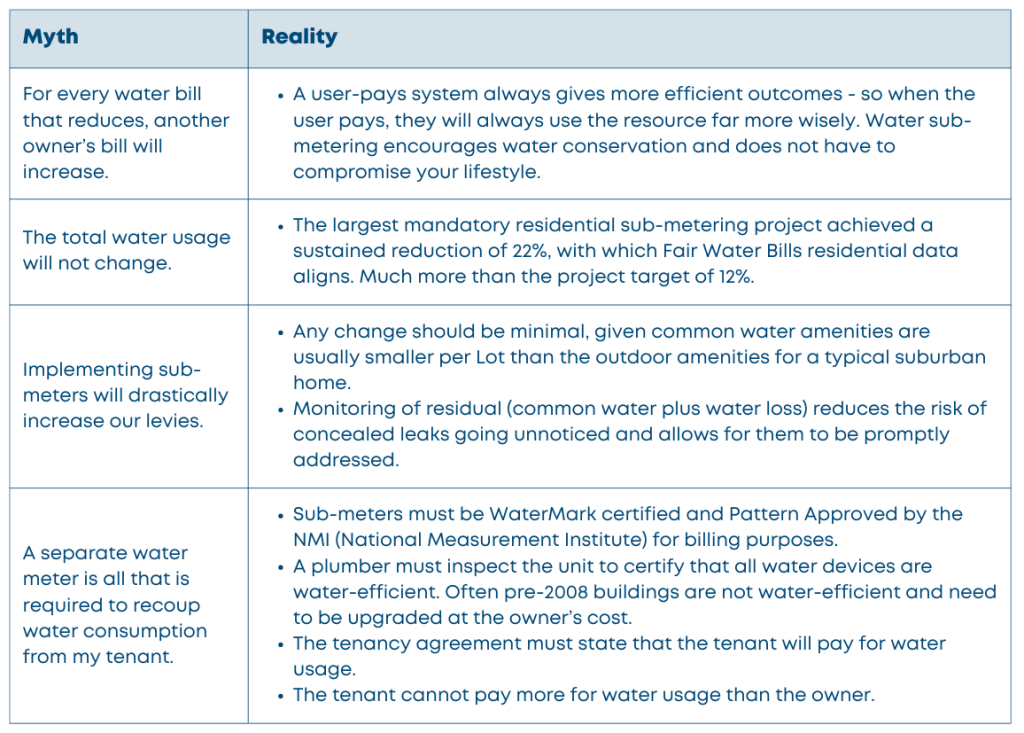
What the data tells us

Do I use a lot of water or a little?
Guessing whether your actual water usage is higher or lower than your estimated usage is particularly tricky because there are so many contributing factors.
Instead, it may be helpful to use an online calculator to estimated your usage and then compare this to the average household (2.5 people) or person. This information is usually on your bill and SEQWater provides regularly updated data.
i.e Do your current charges seem reasonable, given the:
- size and age of the property
- number of occupants
- water usage habits.
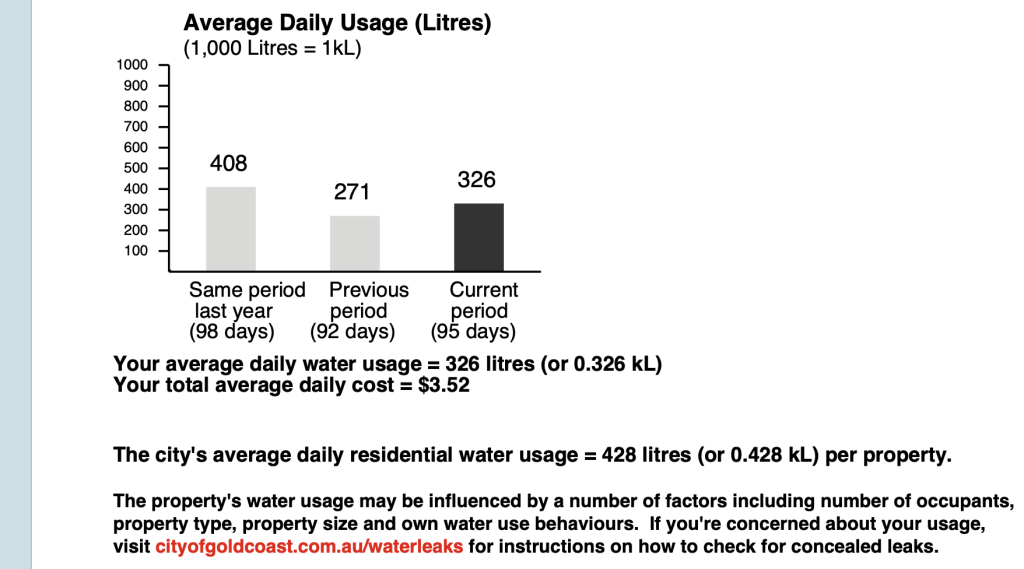
Figure 3 – Average daily usage for a suburban household .
In this example a suburban family of 3 on 830m² section with a 34kL pool has used 24% less than the average household.
Benefits
Installing water sub-meters in a complex is an advantage to both the owner-occupier and owner-investor because:
As an owner-occupier you are assured that you are only being billed for the water you actually use. No subsidising others through shared water bills or paying for water while your unit is vacant.
As an owner-investor the water usage component of your bill can be on-charged to your tenant providing the tenancy agreement states so, and the premises is water efficient.
Please refer to Residential Tenancies Authority (QLD) or Fair Trading (NSW) for state guidelines.
Tenants, leases and water efficiency
In Queensland, the water account is always in the name of the owner, and it is up to the owner to recoup water usage charges from their tenant. The owner remains liable to the Body Corporate for payment of water usage charges and all payments received are recovered to the Body Corporate account.
Bills based on sub-meter readings can be copied to the property manager or tenant as evidence of water consumption. Property managers are generally capable of recovering the water usage cost in addition to rent, although they may charge a fee if it is not already part of the rental service agreement.
For move-in/move-out or change of ownership, an owner or property manager may submit a reading (unedited digital photo of the meter serial and reading) for a transaction report (for change. of tenancy) or final invoice (change of ownership).
A plumber must certify that a property is water efficient by inspecting the property and issuing a water efficiency certificate. This is a service that the owner of the lot must pay for.
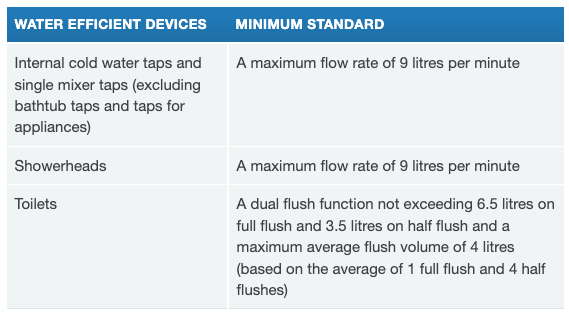
Things to consider
- How does your scheme usage compare to the average household?
- What is the impact of vacant units on average and how many people reside onsite?
- Is consumption in line with average daily usage data or expectations?
- How has consumption changed over time? Does this align with occupancy/end use?
- How attractive are the properties to investors and what is the impact of existing rentals on other owners?
- Have there been sudden or unexplained changes in usage?
- Have you been grappling with leaks and excessive bills?
- Have you encountered property damage requiring insurance/remediation?
With you at every step
While there are considerable benefits of retrofit sub-metering for owner-occupiers and owner-investors alike, no cost-benefit analysis is complete unless it considers both the setup and operating costs as well as the cost of doing nothing. i.e. Maintaining the status quo.
Please contact us to request a BC Evaluation Tool to support your investigations. We can also provide a sample ROI for owner-investors and owner-occupiers, or assist with a site-specific feasibility to better support informed discussions and decision-making.
